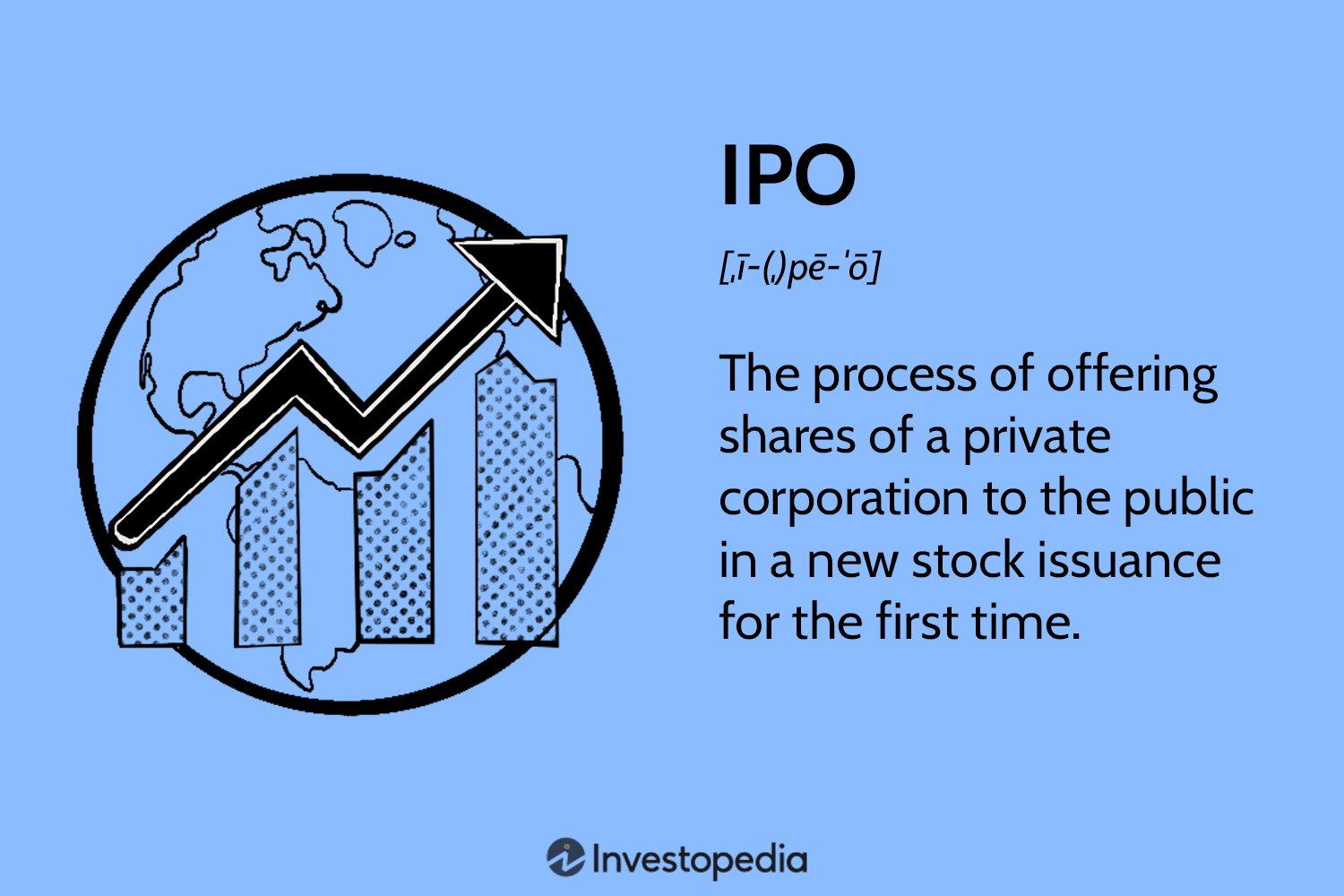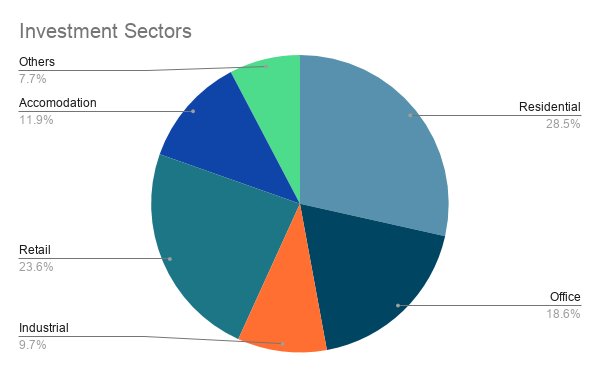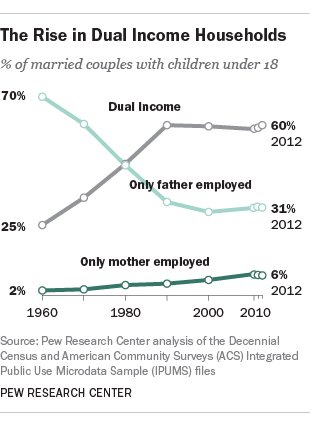Looking to understand what an IPO is and how to invest in one? Look no further! In this article, we’ll dive into the world of Initial Public Offerings (IPOs) and guide you on navigating this exciting investment opportunity. Whether you’re a seasoned investor or new to the game, understanding IPOs can be a key tool in your financial arsenal. So, let’s jump right in and explore what an IPO is and how you can take advantage of this avenue to potentially grow your wealth.
What is an IPO and How to Invest in One
Understanding IPOs
Initial Public Offerings, commonly known as IPOs, are a significant event in the world of finance. An IPO occurs when a private company decides to go public by offering its shares to the general public for the first time. It’s a momentous step for a company as it transitions from being privately owned to a publicly traded entity.
During an IPO, a company sells a portion of its ownership, represented by shares, to investors. By doing so, the company raises capital to expand its business operations, pay off debts, invest in research and development, or pursue other growth opportunities.
Investing in an IPO is an exciting opportunity for individual investors to become part-owners of promising companies before they become widely traded on the stock market. However, it’s important to approach IPO investing with careful consideration and a solid understanding of the process.
Benefits and Risks of IPO Investing
Before diving into the process of investing in an IPO, it’s crucial to weigh the potential benefits and risks involved. Let’s take a closer look at both sides:
Benefits:
- Potential for significant returns: Investing in a successful IPO can yield substantial profits if the company performs well in the market.
- Opportunity for early entry: IPO investors have the chance to become shareholders of a company at an early stage, potentially benefiting from its future growth.
- Access to exciting investment opportunities: IPOs often involve innovative and high-growth companies that may not yet be available in the public market.
Risks:
- Volatility: Newly public companies can experience significant price fluctuations, making them more volatile than established stocks.
- Limited information: Compared to established public companies, IPOs have limited historical financial data, making it challenging to assess their long-term viability.
- Lack of control: As a minority shareholder, investors don’t have direct control over the company’s management decisions.
The IPO Investment Process
Investing in an IPO involves several steps, from research to allocation. Let’s walk through the process:
Step 1: Research
Before investing in an IPO, it’s vital to conduct thorough research. Consider the following factors:
- Company Information: Learn about the company’s business model, its products or services, competitive advantage, financial performance, and growth prospects.
- Industry Analysis: Assess the industry in which the company operates, including its growth potential, competitive landscape, and any regulatory factors that could impact the company’s success.
- Underwriters and Financial Advisors: Research the reputation and track record of the underwriters and financial advisors associated with the IPO. They play a crucial role in pricing the IPO and determining the demand for shares.
Step 2: Evaluate the Prospectus
The prospectus is a comprehensive document that provides essential information about the company and its IPO. It includes details about the company’s financials, risks, management team, and future plans. Pay close attention to:
- Company’s Financials: Analyze the financial statements, including revenue, expenses, profitability, and debt levels. Look for consistent growth and a solid financial foundation.
- Risk Factors: Identify potential risks that could hinder the company’s performance and affect the stock’s value.
- Management Team: Evaluate the experience and qualifications of the company’s leadership. Strong leadership can be a positive indicator for future success.
Step 3: Assess Valuation
Valuation refers to the process of determining the fair value of a company’s shares. It’s crucial to evaluate whether the IPO is priced reasonably and offers good value for investment. Consider:
- Compare Valuations: Analyze the IPO’s valuation relative to similar companies in the industry. Assess if the price accurately reflects the company’s growth potential and financial performance.
- Earnings Multiple: Evaluate the price-to-earnings ratio (P/E ratio) to understand how the IPO’s valuation compares to its earnings. A lower P/E ratio may indicate a more attractively priced stock.
- Market Conditions: Consider the overall market conditions and investor sentiment. During times of economic uncertainty, IPOs may face greater challenges.
Step 4: Participate in the IPO
Once you have completed your research and are confident in your decision, you can participate in the IPO. The exact process may vary depending on the country, stock exchange, and broker you choose. Here are some common methods:
- Open an Account with a Broker: If you don’t already have a brokerage account, you’ll need to open one. Choose a reputable online broker that offers IPO participation.
- Submit an Application: Depending on the broker’s platform, you may need to submit an application or express your interest in participating in the specific IPO.
- Allocated Shares: If your application is accepted, you will be allocated a certain number of shares at the IPO price.
Step 5: Monitor and Manage Your Investment
After the IPO, it’s important to monitor and manage your investment. Keep the following tips in mind:
- Stay Informed: Follow the company’s news, industry updates, and financial reports to stay informed about any developments that may impact your investment.
- Set Reasonable Expectations: Understand that the stock’s performance can be volatile in the initial stages. Be patient and set realistic expectations for your investment.
- Diversify Your Portfolio: As with any investment, diversification is key. Allocate your investments across various asset classes and sectors to reduce risk.
Always consult with a financial advisor before making any investment decisions. They can provide personalized guidance based on your financial goals and risk tolerance.
Investing in IPOs can be an exciting and potentially rewarding venture. By conducting thorough research, evaluating the prospectus, assessing valuation, and managing your investment, you can make informed decisions that align with your investment objectives.
How to Buy IPO Stocks — and When
Frequently Asked Questions
Frequently Asked Questions (FAQs)
What is an IPO?
An Initial Public Offering (IPO) is the first sale of stocks by a company to the public. It allows the company to raise capital from investors and become publicly traded on a stock exchange.
How can I invest in an IPO?
To invest in an IPO, you need to follow these steps:
1. Research: Learn about the company offering the IPO, its business model, financials, and growth prospects.
2. Open a brokerage account: Choose a reputable brokerage firm and open an account.
3. Check eligibility: Ensure that you meet any specific requirements set by the company or broker.
4. Place an order: Submit your order through your broker, specifying the number of shares and the price you are willing to pay.
5. Allocation: If the IPO is oversubscribed, you may not receive the full amount of shares you requested.
6. Monitor the listing date: Once the IPO is listed on the stock exchange, monitor its performance and decide when to buy or sell.
What are the advantages of investing in IPOs?
Investing in IPOs offers several advantages, including:
1. Potential for high returns: IPOs of successful companies can provide substantial returns to early investors.
2. Access to new opportunities: IPOs allow individual investors to participate in the growth of promising startups and emerging companies.
3. Liquidity: Once a stock is publicly traded, it can be easily bought or sold on the stock exchange.
4. Enhanced market visibility: IPOs can increase a company’s visibility and reputation, potentially attracting more investors and customers.
What are the risks associated with investing in IPOs?
While IPOs offer opportunities, they also come with risks, such as:
1. Volatility: Newly listed stocks can experience significant price fluctuations, which may result in losses.
2. Lack of historical data: It can be challenging to assess the long-term performance of an IPO since there may be limited historical financial information available.
3. Uncertain valuations: Determining the fair value of an IPO can be subjective, making it harder to gauge the actual worth of the company’s shares.
4. Lock-up periods: Some IPOs have lock-up periods during which existing shareholders, such as company insiders, cannot sell their shares. Once the lock-up period ends, there can be a flood of additional shares in the market, potentially affecting stock price.
Can individual investors participate in every IPO?
Individual investors can participate in many IPOs, but some offerings may have specific criteria or limitations. It’s important to check the eligibility requirements set by the company or your brokerage firm.
What is an underwriter in an IPO?
An underwriter is a financial institution that assists the company with the IPO process. They help determine the offering price, manage the distribution of shares to investors, and provide financial advice.
How does the IPO pricing process work?
The IPO pricing process involves establishing the initial offering price at which shares of the company will be sold to investors. It is usually done through discussions between the company and the underwriters, considering factors like market conditions, demand, and the company’s valuation.
What is the difference between an IPO and a direct listing?
In an IPO, new shares are issued and sold to the public, while in a direct listing, existing shares held by insiders are directly listed on an exchange without a traditional underwritten offering. Both methods allow companies to become publicly traded, but the processes and implications can differ.
Final Thoughts
An initial public offering (IPO) occurs when a company decides to sell its shares to the public for the first time. It is a significant event that often receives a lot of attention from investors and the media. To invest in an IPO, individuals can follow a few steps. Firstly, it is important to research and understand the company’s business, financials, and growth prospects. Next, investors need to open a brokerage account with a firm that offers IPO access. Once the account is set up, investors can participate in IPOs by placing orders for shares through their broker. By carefully evaluating opportunities and taking advantage of IPOs, investors can potentially tap into new investment opportunities and diversify their portfolios with promising companies.



